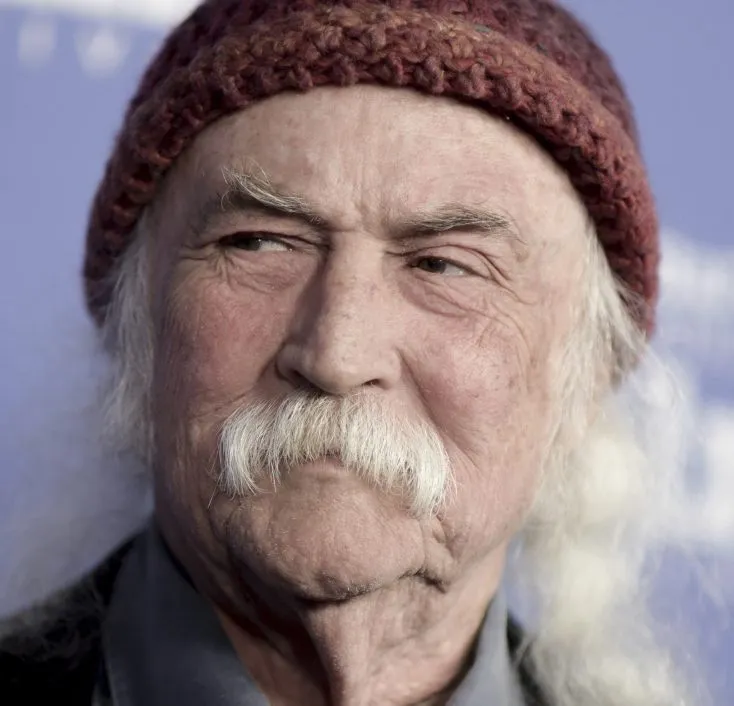
David Crosby: The Artist and the Art
Baby Boomer nostalgia freaks like I have been reveling in the 50th anniversary of Woodstock, the event itself but also the entire music of that epic era.
I’m always curious to know what kept Woodstock from descending into disaster, what with the lack of food and torrential rain. Even stronger is my insatiable thirst for behind the scene details.
Let this be a warning! To paraphrase an old adage, be careful what you want to know, because you might know it.
When he landed at Woodstock via helicopter, Carlos Santana, for instance, took some mescaline from the Grateful Dead’s Jerry Garcia thinking he wasn’t going to be playing for 12 hours, only to be told two hours later that his band had to go on immediately or not at all. Carlos said, “I just held on to my faith, and what my mom taught me. I asked, over and over, ‘Just help me stay in tune and on time.’” The results were amazing but who knew Carlos was so high?
Next to Santana’s gig at Woodstock, my favourite set was Crosby, Still, Nash and Young. It was the second gig for CSNY, and while it had its rough edges, their Woodstock performance catapulted these four individual stars to create inspired harmonies and complex lyrics which would become the soundtrack for a generation.
Sadly, the relationship of these four oversized egos was thorny and self-destructive. David Browne’s new biography Crosby, Still, Nash and Young: The Wild, Definitive Saga of Rock’s Greatest Supergroup probes their jealousies and disagreements to the point that by the time I put the book down, I was disheartened. How could such gifted people be so troubled and troubling?
Last week I watched another in a string of recent rock bio-docs, “Remember My Name”. It chronicles the complex life of David Crosby from his early days with The Byrds (who fired him from the band), through the success of CSN and CSNY, his heavy drug experimentation, and his recent creative resurgence.
Crosby, 77, is at a place in his life where he can look back at half a century of musical influence with the wisdom that comes from age with only a tinge of regret. He admits that he was a self-absorbed jerk who hurt a lot of people along the way. None of his former CSN&Y collaborators (and former Byrds partner Roger McGuinn) will even talk to him now. He knows that he has paid and is paying for his lifestyle. He admits that he’s cheated death after years of massive drug ingestion, heart attacks (he has 8 stents, knowing all too well another attack will finish him), diabetes and a liver transplant from hepatitis C.
In the interview for the film, Crosby offers no excuses for his past but hopes to better himself in whatever time he has left sharing love with wife Jan Dance (married since 1987), continuing to make new music and tour a bit with a young band which includes son James Raymond (put up for adoption in 1962 when Crosby was about 21), now reunited with his father.
And once again we are left with the often jarring difference between the artist and the art. When we thirst to know more about the person we admire creatively, we are often hit with the reality that some of the most creatively gifted people can also be the most horrible people. Some of our most beloved musical families were totally dysfunctional.
Does it take the shine off their art? I’ll admit that knowing what I now know, some of the luster of CSNY is lost. But in the end, it behooves us to honour artistry where we encounter it, quite apart from the personality behind it. The harmony of CSNY can lift me higher than the antagonisms behind the harmony and the hell people make for themselves.
As has been said many times, everyone carries a heavy burden.
Including David Crosby.
Post a comment